Whose Footage Is It Anyway? Game Meats v Farm Transparency Heads for the High Court
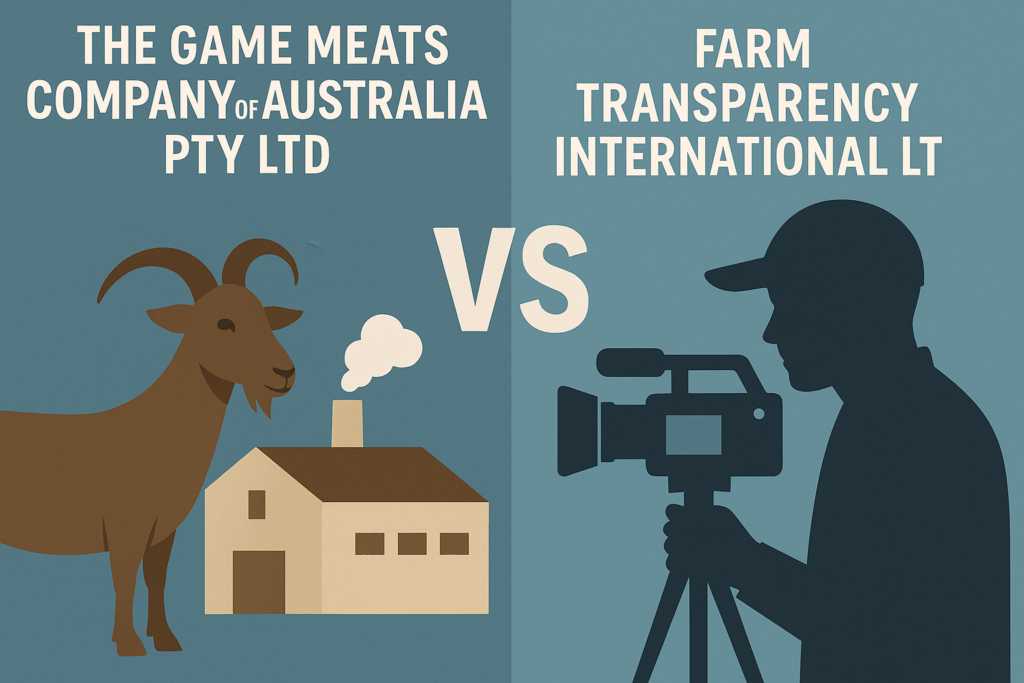 When animal rights collide with copyright law, sparks fly — and sometimes, whole new branches of doctrine get tested.
When animal rights collide with copyright law, sparks fly — and sometimes, whole new branches of doctrine get tested.
That’s exactly what’s happening in The Game Meats Company of Australia Pty Ltd v Farm Transparency International Ltd, a dispute that has already produced one significant Federal Court decision, a reversal on appeal, and now an application for special leave to the High Court.
Let’s unpack how a covert camera operation at a Victorian abattoir has turned into one of the most intriguing copyright–equity battles in years.
The Backstory: Covert Cameras at Eurobin
Game Meats Company (GMC) operates a halal abattoir in Eurobin, Victoria. Early in 2024, members of Farm Transparency International (FTI), an animal advocacy organisation, repeatedly trespassed onto the site. They crawled under fences at night, installed hidden cameras, and over several months captured more than 100 hours of footage of the abattoir floor.
From that material, FTI produced a 14-minute video highlighting what it claimed were instances of animal cruelty. The video was sent to government regulators, passed to Channel Seven (which reported but did not broadcast the footage), and later published by FTI online alongside a media release.
GMC responded immediately with proceedings in the Federal Court.
Round One: Damages but No Injunction
At trial, Justice Snaden held that FTI had committed trespass and was liable for damages — awarding GMC $30,000 in general damages and $100,000 in exemplary damages.
However, the judge refused GMC’s bid for a permanent injunction to restrain publication, and also rejected the argument that copyright in the footage should be held on constructive trust for GMC.
Why? The Court accepted that damages could compensate GMC for its losses, and held that the extraordinary remedy of imposing a trust over copyright was not justified. FTI remained the legal owner of the copyright — even though it was created through trespass.
Round Two: The Full Federal Court Steps In
GMC appealed, and in August 2025 the Full Federal Court (Burley, Jackman and Horan JJ) reversed key parts of the primary decision.
The Court:
-
Declared a constructive trust: copyright in the footage was to be held on trust for GMC.
-
Ordered assignment: FTI had to execute a written assignment of copyright, with the Registrar empowered to do so if FTI refused.
-
Granted a permanent injunction: restraining FTI from publishing the material, other than to regulators.
-
Ordered deletion: FTI was required to permanently delete its copies of the footage and swear affidavits confirming destruction.
In doing so, the Full Court leaned heavily on dicta from ABC v Lenah Game Meats (2001) 208 CLR 199, where the High Court floated — but did not apply — the idea that copyright created through unlawful conduct might be held on constructive trust.
Two decades later, that possibility became a reality.
The Key Legal Issue: Equity Meets Copyright
At the heart of this case is whether copyright — a statutory right conferred automatically on the maker of a film — can be stripped away by equity when the film was created through trespass or other unlawful means.
-
Statutory law: Under the Copyright Act 1968 (Cth), FTI owned copyright in the footage the moment the cameras recorded it.
-
Equity: The Full Court held it was “inequitable and against good conscience” for FTI to assert ownership against GMC, given the trespass. Equity could therefore declare FTI a constructive trustee and compel assignment.
It’s a bold move. Courts have long imposed constructive trusts over physical property obtained unconscionably. Applying the same logic to intangible IP rights is legally elegant — and potentially disruptive.
What’s at Stake in the High Court?
FTI has now applied for special leave to appeal to the High Court. No hearing date is set yet, but the case is primed for the nation’s top court.
The issues are weighty:
-
Limits of equity: Can equity truly override the statutory scheme of copyright ownership?
-
Freedom of communication: Does restraining publication of the footage unduly burden the implied freedom of political communication, given FTI’s advocacy role?
-
Activism vs. property rights: Should activists lose IP rights in their material because of unlawful methods, or does that chill legitimate public interest advocacy?
Why It Matters
For copyright lawyers, this case is a doctrinal turning point. For animal rights advocates and agribusiness, it’s a test of how far covert activism can go before the law snaps back.
If the Full Court’s reasoning stands, companies may be able to use IP and equity as powerful tools against activists: not only recovering damages for trespass, but also stripping activists of copyright and controlling the very footage they created.
If the High Court takes a different path, we may instead see limits on equity’s reach, preserving copyright ownership even where the work was created unlawfully — with important implications for journalism, whistleblowing, and advocacy.
IP Mojo Takeaway
This case is far more than a goat-abattoir dispute. It’s about whether copyright is truly absolute, or whether conscience can trump statute. With special leave now sought, the High Court will soon have the chance to answer.
Watch this space — the ghost of Lenah Game Meats is back in Canberra.
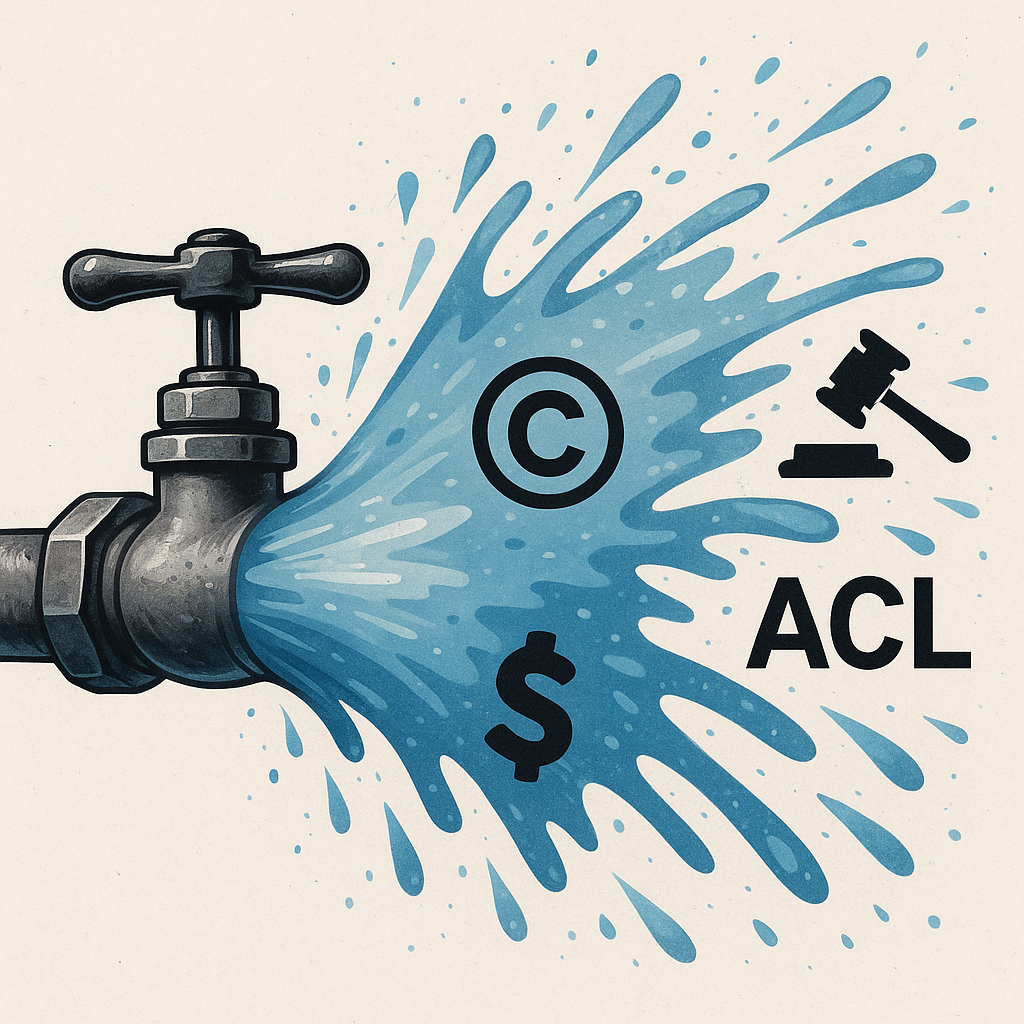 If you thought plumbing valves were boring, think again.
If you thought plumbing valves were boring, think again. When does a slot machine cross the line from an abstract idea to a patentable invention?
When does a slot machine cross the line from an abstract idea to a patentable invention? 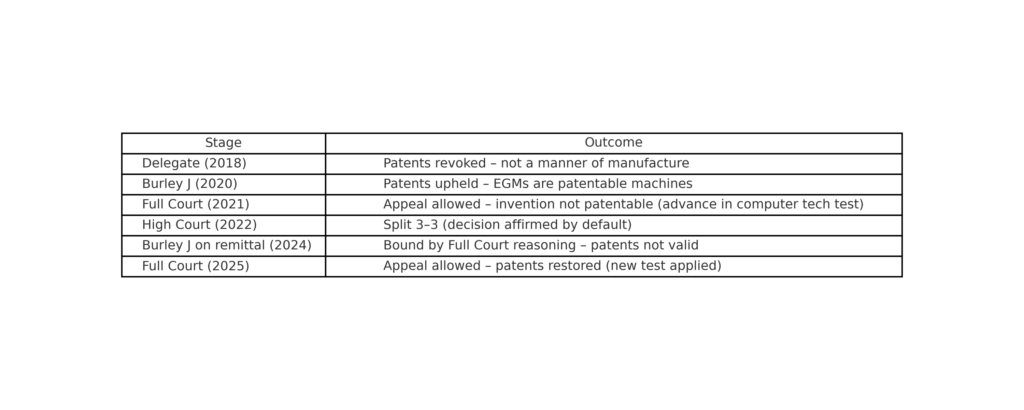 Cue the latest appeal.
Cue the latest appeal.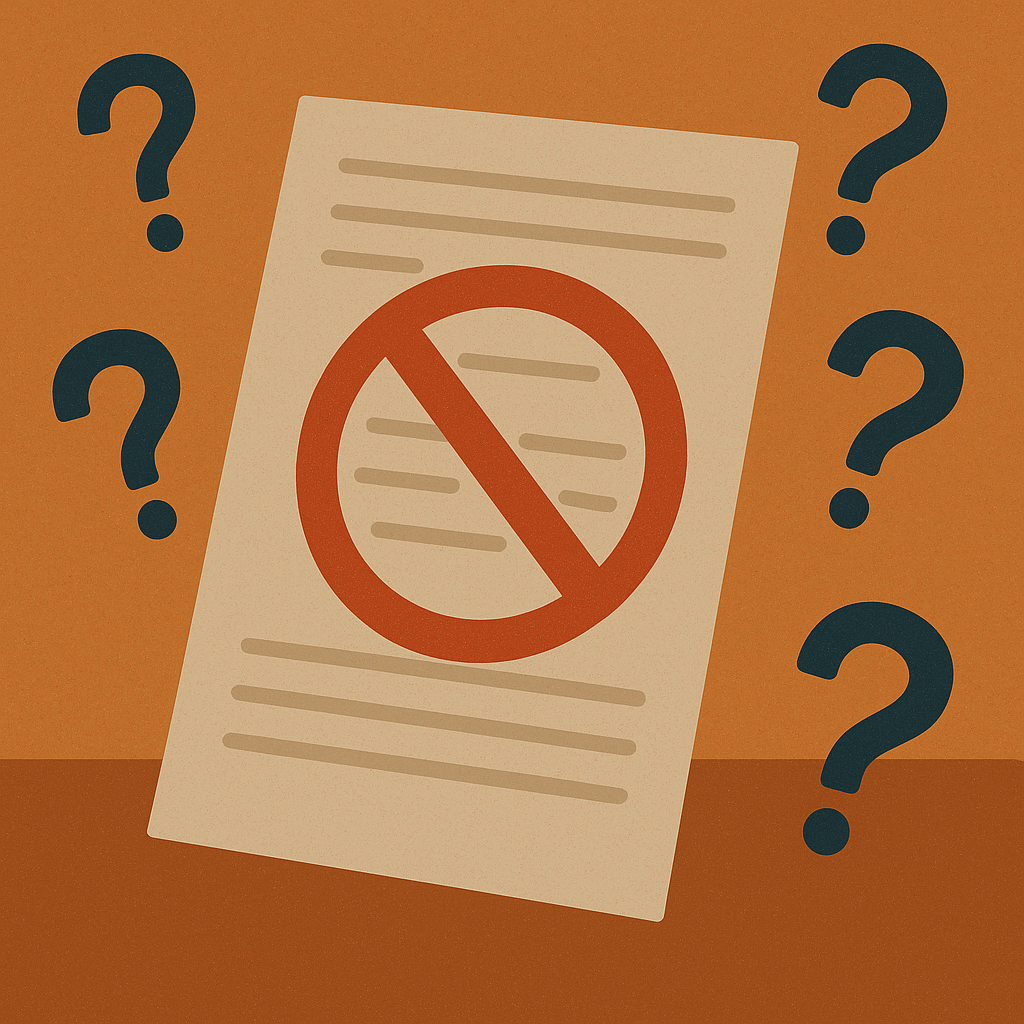 The most dangerous thing about copyright? What people think they know.
The most dangerous thing about copyright? What people think they know.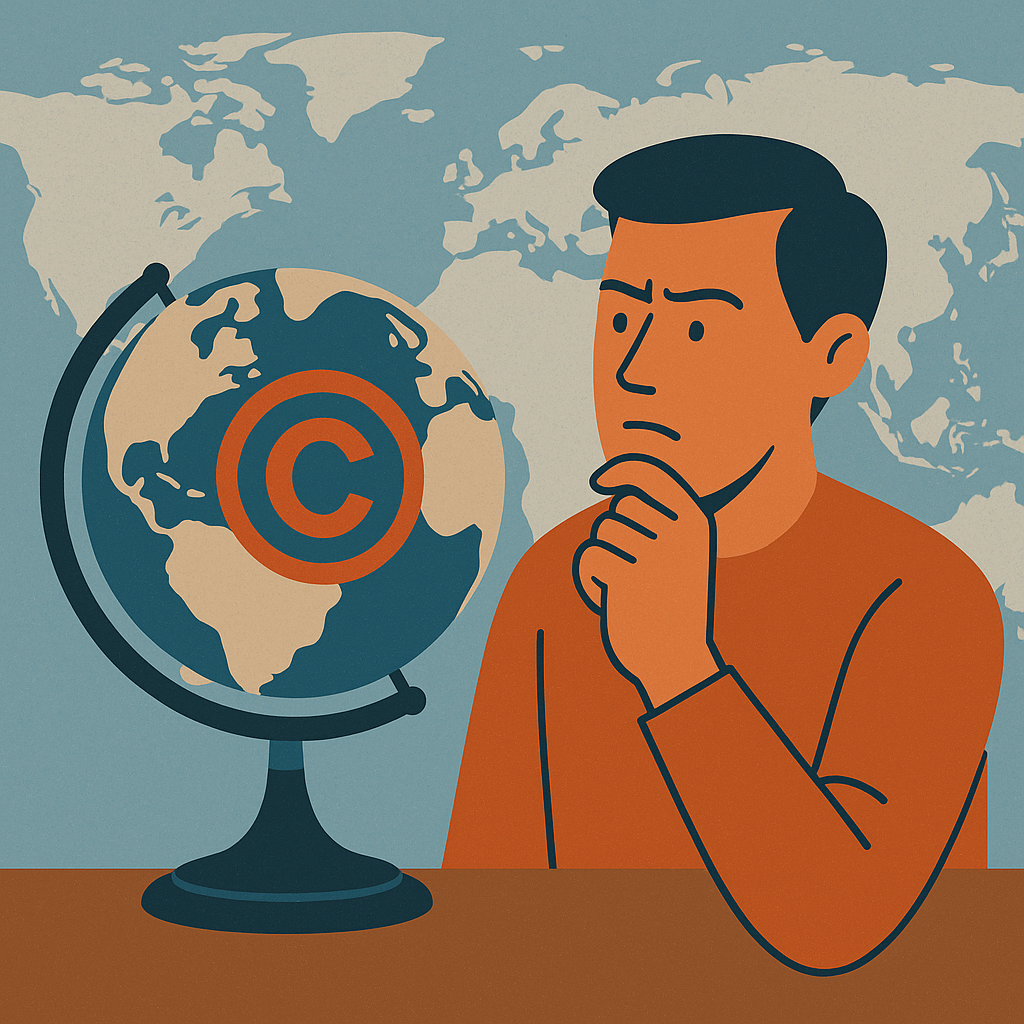 Copyright doesn’t stop at the border. Thanks to international treaties, Australian works enjoy protection in most countries around the world.
Copyright doesn’t stop at the border. Thanks to international treaties, Australian works enjoy protection in most countries around the world.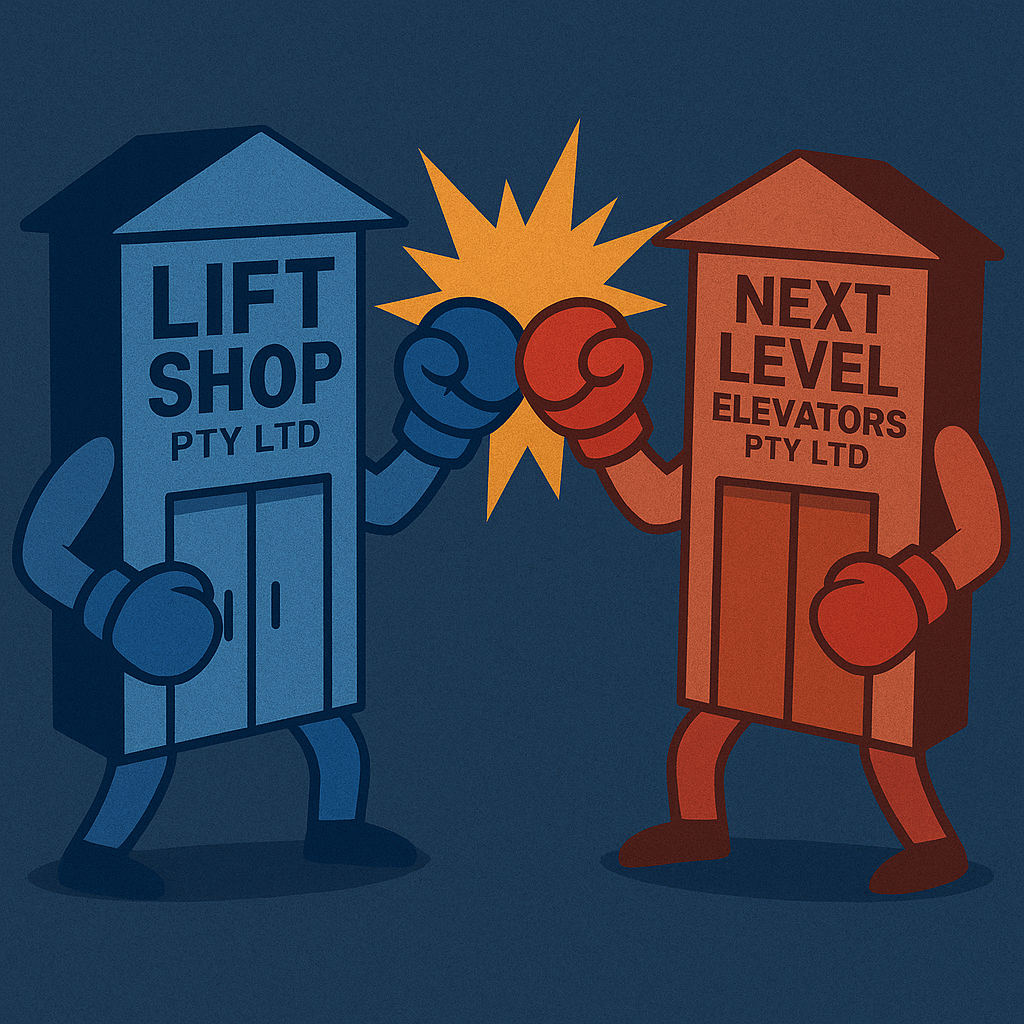 What happens when copyright infringement is admitted but the “big ticket” remedies fall away?
What happens when copyright infringement is admitted but the “big ticket” remedies fall away?